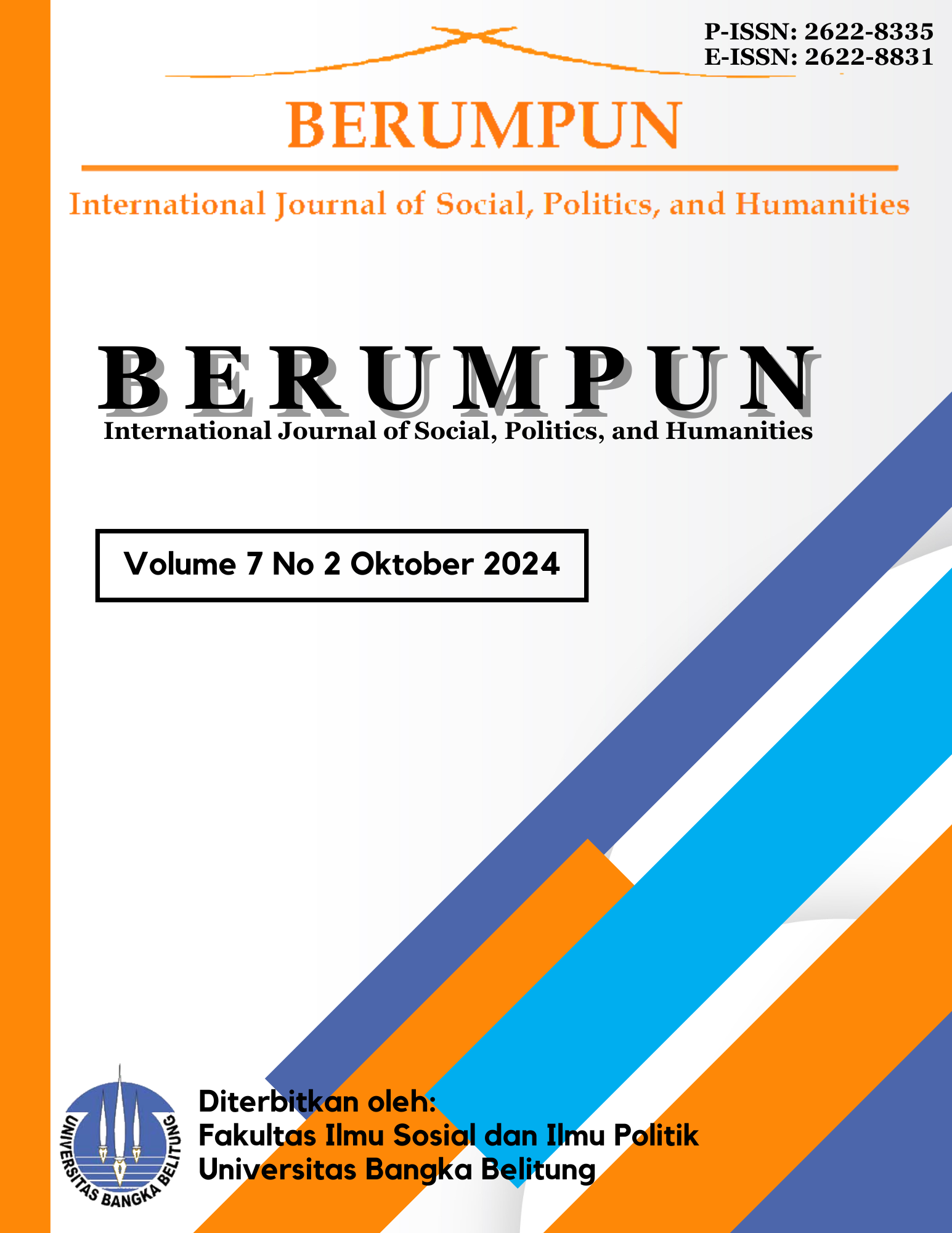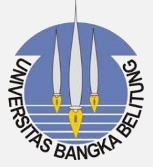The Correlation Between Vocabulary Mastery and Translation Ability to Students of SMA Negeri 4 Pangkalpinang
DOI:
https://doi.org/10.33019/berumpun.v7i2.65Keywords:
Vocabulary and Translation Ability, Correlation Study, Senior High School, Bangka BelitungAbstract
This research focuses on the correlation between vocabulary mastery and translation ability to students of Senior High School (SMA) 4 Pangkalpinang. This study will be conducted by applying a correlational design. It will be used to measure and describe the relationship between two variables in this study namely Independent and Dependent variables. The Independent variable is students’ vocabulary mastery and the dependent variable is the students’ translation ability of the students of SMAN 4 Pangkalpinang. the population of this study were all of the students of grade XI of SMAN 4 Pangkalpinang in academic year 2021/2022. The finding of the research can be concluded that the vocabulary achievement is fair. It can be seen from the computation in which the mean score of the students’ vocabulary achievement is 63.2 when it is consulted to the table of category level scores by John W. Best (2021:260); the score is categorized in fair. the translation ability is fair. It can be seen from the computation in which the mean score of the students’ translation ability is 70.77 when it is consulted to the table of category level scores by John W. Best (2021:260); the score is categorized in fair. There is a significant positive correlation between the vocabulary mastery and translation ability. There is a significant positive correlation between the vocabulary mastery (X) and translation ability (Y).
Downloads
References
Arikunto, S. (2013). Prosedur penelitian pendekatan praktik. Jakarta: Rineka Cipta.
Catford, J. C. (2005). Linguistic theory of translation. New York: Oxford University Press.
Creswell, J. W. (2012). Educational research: Planning, conducting, and evaluating quantitative and qualitative research (4th ed.). Boston: Pearson Education.
Damarratri, H. S., & Afifulloh, M. (2024). Translation Techniques Used for Translating Cultural Aspects in the Television Series "Cigarette Girl". Loquēla (Journal of Linguistics, Literature, and Education), 2(2), 85–98. https://doi.org/10.61276/loqula.v2i2.44
Dornyei, Z. (2007). Research methods in applied linguistics: Quantitative, qualitative, and mixed methodologies. Oxford: Oxford University Press.
Fraenkel, J. R., & Wallen, N. E. (2009). How to design and evaluate research in education (6th ed.). New York: McGraw-Hill.
Frank, M. (2010). Modern English: A practical reference guide. New Jersey: Prentice Hall.
Ghasemi, A., & Zahediasl, S. (2012). Normality tests for statistical analysis: A guide for non-statisticians. International Journal of Endocrinology and Metabolism, 10(2), 486–489.
Gower, R. (2005). Teaching practice handbook. London: Heinemann.
Harmer, J. (2001). The practice of English language teaching (3rd ed.). New York: Longman Publishing.
Hatch, E., & Brown, C. (1995). Vocabulary, semantics, and language education. Cambridge: Cambridge University Press.
Heaton, J. B. (2010). Writing English language tests. New York: Longman Inc.
Hill, S. (2006). Developing early literacy, assessment and teaching. Prahran: Eleanor Curtain Publishing.
Hornby, A. S. (2010). Oxford advanced learner’s dictionary. London: Oxford University Press.
Huck, S. W. (2012). Reading statistics and research (6th ed.). Boston: Pearson Education.
Jacobs, D., Ary, D., Sorensen, C., & Razavieh, A. (2006). Introduction to research in education. Belmont: Cengage Learning.




